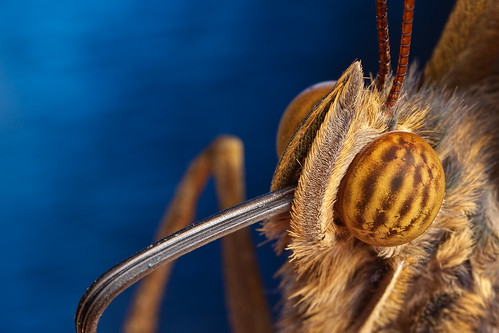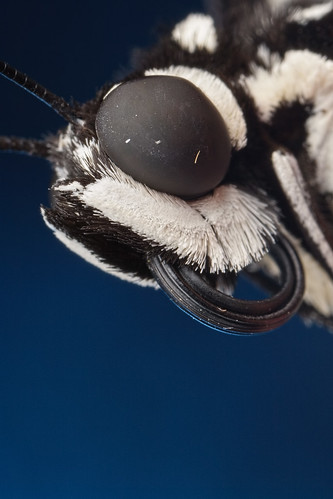Also you'll have to forgive the pauses in my voice: We have a pair of three month old kittens that waited until I started shooting to begin their version of championship wrestling. Very distracting! :)
Sunday, November 10, 2013
Current Lighting Setup
Current because I'm in this never ending cycle of working on my lighting, compositions, and post processing. So what you see today might not be what I'm using a month from now. I said it in the video, but you really need to experiment with your lighting and not just copy what someone else is doing. If your lighting, and your photographic style, are not unique then your work will never stand out. If you reach a point where you can't compare what you're doing to what everyone else is because your images as so different then you're probably doing something right...
Also you'll have to forgive the pauses in my voice: We have a pair of three month old kittens that waited until I started shooting to begin their version of championship wrestling. Very distracting! :)
Also you'll have to forgive the pauses in my voice: We have a pair of three month old kittens that waited until I started shooting to begin their version of championship wrestling. Very distracting! :)
Saturday, November 9, 2013
Butterfly Exhibit
Living in southern Italy has its advantages, but one of the disadvantages for me was no locally accessible butterfly house. I can shoot them in the wild, but getting up close and personal is tough. So I was pretty excited when I saw a flyer announcing an exhibit at the Caste Café, a relatively new coffee bar that had opened up across from the castle in Bacoli (the town where I live). According to the advert the experience would last about an hour and photography was allowed!
There was almost an hour of instruction on the life cycle of a butterfly and about 10 minutes in the exhibit…
Frustrated by not having enough time with the critters, and dealing with curious onlookers who wanted to see what I was doing, I didn’t get too many usable frames. So I sent the image at the top of this post to the curator and told him that I’d be willing to trade prints for greater access to the butterflies. He agreed, and gave me an hour and a half between tours to be alone with the critters.
Sometimes it pays to prostitute yourself :)
The exhibit consisted of a four meter canvas dome about three meters high that looked just like an igloo, with a chamber at the entrance that separated the dome from the exit to keep the butterflies from escaping. The only natural light inside the dome was provided by some small plastic windows, so I had to rely on the flash to do all the heavy lifting. I tried to take some life size shots of the butterflies feeding, but I just didn’t like the way the backgrounds looked and the color balance between the subject and background was just too far off. So the images that I’ve edited and posted on my gallery have been at twice life size or higher magnification and flash only. For the backgrounds I either held the subject close to a leaf, or used a piece of blue Plexiglas that I keep in my camera bag (I put aluminum foil on the back side of it to act as a reflector). I know quite a few macro photographers that just accept flash falloff as an occupational hazard, and it’s a mistake…

Now for the pros and cons of shooting at a butterfly exhibit:
It was so warm and humid inside the enclosure that I thought I was going to short out my gear by sweating all over it, and after an hour and a half my arms and shoulders were complaining about having to hold about three kilos of camera gear. I love the dynamic range that I’m getting with the 1D MK III, but it wasn’t really meant to be hand held. I’d like to go back to a 1.6x crop factor camera, but I don’t want take a hit in image quality to do it. Canon you desperately need stop adding more pixels to already overcrowded sensors! One other “lesson learned”; at high magnification Kiwi seeds look like poop…

On the bright side the butterflies were pretty much tame. There were a few species that didn’t like me getting close, but for the most part I could shoot at any magnification and working distance that I wanted. When I’m out shooting I frequently get compositions stuck in my head, and working with cooperative subjects was a really good way to get some of those compositions into the camera. It also gave me the opportunity to slow down and look for some unusual angles. I ended up with some pretty unique looking images, and it was definitely worth the effort and the forty euros that I spent on prints for the curator of the exhibit.

There was almost an hour of instruction on the life cycle of a butterfly and about 10 minutes in the exhibit…
Frustrated by not having enough time with the critters, and dealing with curious onlookers who wanted to see what I was doing, I didn’t get too many usable frames. So I sent the image at the top of this post to the curator and told him that I’d be willing to trade prints for greater access to the butterflies. He agreed, and gave me an hour and a half between tours to be alone with the critters.
Sometimes it pays to prostitute yourself :)
The exhibit consisted of a four meter canvas dome about three meters high that looked just like an igloo, with a chamber at the entrance that separated the dome from the exit to keep the butterflies from escaping. The only natural light inside the dome was provided by some small plastic windows, so I had to rely on the flash to do all the heavy lifting. I tried to take some life size shots of the butterflies feeding, but I just didn’t like the way the backgrounds looked and the color balance between the subject and background was just too far off. So the images that I’ve edited and posted on my gallery have been at twice life size or higher magnification and flash only. For the backgrounds I either held the subject close to a leaf, or used a piece of blue Plexiglas that I keep in my camera bag (I put aluminum foil on the back side of it to act as a reflector). I know quite a few macro photographers that just accept flash falloff as an occupational hazard, and it’s a mistake…

Now for the pros and cons of shooting at a butterfly exhibit:
It was so warm and humid inside the enclosure that I thought I was going to short out my gear by sweating all over it, and after an hour and a half my arms and shoulders were complaining about having to hold about three kilos of camera gear. I love the dynamic range that I’m getting with the 1D MK III, but it wasn’t really meant to be hand held. I’d like to go back to a 1.6x crop factor camera, but I don’t want take a hit in image quality to do it. Canon you desperately need stop adding more pixels to already overcrowded sensors! One other “lesson learned”; at high magnification Kiwi seeds look like poop…

On the bright side the butterflies were pretty much tame. There were a few species that didn’t like me getting close, but for the most part I could shoot at any magnification and working distance that I wanted. When I’m out shooting I frequently get compositions stuck in my head, and working with cooperative subjects was a really good way to get some of those compositions into the camera. It also gave me the opportunity to slow down and look for some unusual angles. I ended up with some pretty unique looking images, and it was definitely worth the effort and the forty euros that I spent on prints for the curator of the exhibit.

Subscribe to:
Comments (Atom)

